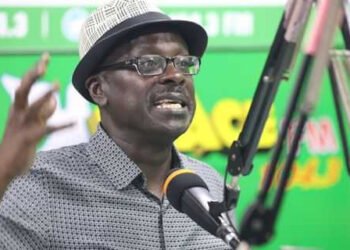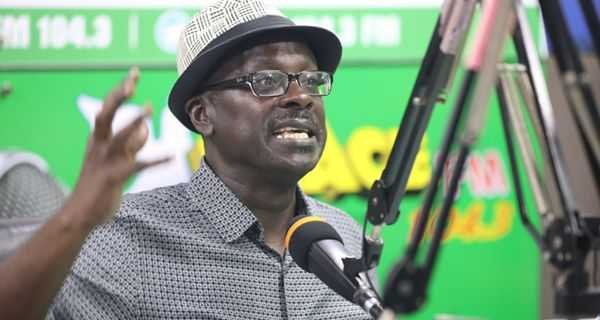Kenya’s energy auction-based mechanism for newer energy projects provides strong upside risks for growth in solar and wind power capacity other than geothermal power, according to Fitch Solutions.
The relatively lower costs associated with solar and wind power projects make these a preferred choice suited for the government’s plans to develop new capacity towards reaching its goal of universal electricity access to its population.
Fitch Solutions is however, cautious with its outlook as the research firm indicated its outlook is based on “the government’s pledge at COP26 in 2021 to be 100 per cent reliant on renewables by 2030…”
Under the country’s 2017-2037 Least Cost Power Development Plan (LCPDP), one of the recommendations was for the shift towards an auction-based system for the development of solar and wind power projects, moving away from feed-in tariffs.
In May 2021, the government released the updated 2021-2030 LCPDP which is aimed at encouraging the participation of the private sector in the country’s power sector.
Geothermal Power Projects to Slow Down
Energy policy updates such as the Renewable Energy Auction Policy (REAP) released at the start of 2021 were in order that future renewable projects may be procured in a competitive bidding system at more competitive prices.
“The REAP will apply to all renewable energy projects- except for geothermal, which will be developed under the Policy of Licensing of Geothermal Greenfields- above 20MW in size”.
Fitch Solutions
That notwithstanding, Fitch Solutions forecasts that geothermal power will remain the dominant source of electricity output in Kenya over the next decade, accounting for an annual average of 58 per cent of the total share.
“Given that solar and wind power projects are on average less expensive to develop than geothermal power capacity while also having relatively short turnaround times, this holds strong upside risks that wind and solar projects will be favoured over geothermal capacity in any future auctions.”
Fitch Solutions
However, its growth is expected to slow down with only 220MW of capacity forecast to be added from 2022 to 2031, Fitch Solutions said.
Furthermore, the outlook for geothermal power was informed by the fact that geothermal projects have been developed slower than planned as the government failed to reach its initial target of 15GW of geothermal power by 2020, Fitch Solutions said.
“We do not expect them to reach their target of 5GW by 2030. We expect that the primary reason Kenya would continue developing this resource would be for its non-intermittent nature compared to solar and wind power.”
Fitch Solutions
In November 2021, it was reported that the Kenyan court ordered that the 300MW wind farm, planned for development by Gitshon Energy, be added to the list of approved projects by the Kenyan government after five years of legal proceedings.
Should the project go ahead, this would serve to highlight the shift towards non-hydropower renewable technologies other than geothermal in the market, Fitch Solutions said.
READ ALSO: Industry Stakeholders Providing Training for Journalist- Information Minister



















